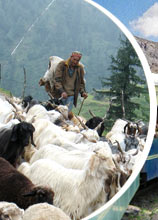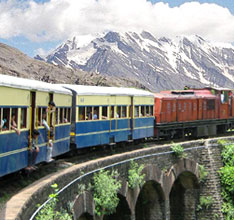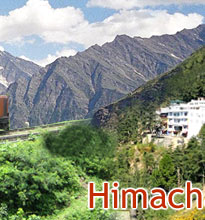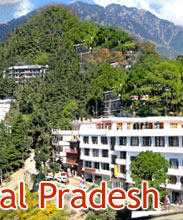Situated in Naggar, within the premises of the
Roerich estate, Uruswati Himalayan Folk Art Museum is just 100 m uphill
from the Nicholas K. Roerich Art Gallery. Professor and Madame Nicholas
Roerich set it up in 1928, as the Research Institute of Naggar. The
intention behind the foundation of this tribal and folk art museum was
to provide a place of study and research on the traditional Indian and
Tibetan medicines and the history and the ethos of the Himalayan region.
The museum got its present name in 1993. The word 'Uruswati' has been
taken from Sanskrit and it means 'Light of the Morning Star'. The main
attractions of the Uruswati Himalayan Folk Art Museum are Russian and
local folk art, costumes, original paintings of Roerich and those of his
Russian followers. The gallery, dedicated to the Russian folk art, also
has musical instruments, painted dishes, dolls, oil paintings by Russian
painters, stone carvings, etc.
One can also see woodcarvings such as doorframes, crystal pieces and
quotations from Agniyoga being displayed here. The rest of the
collection comprises of traditional costumes of Ladakh, Kullu,
Lahaul-Spiti and Tibet; beautiful idols of Hindu Gods and Goddesses;
Pahari paintings and a photograph of Lord Buddha. On the counter outside
the museum, you can buy postcards and Roerich's books that center on his
work.









